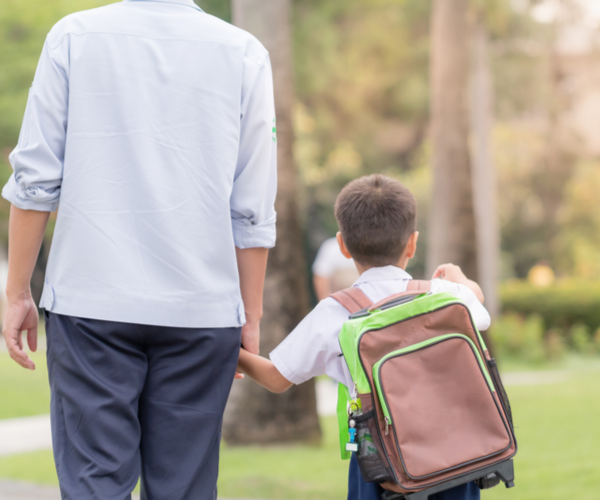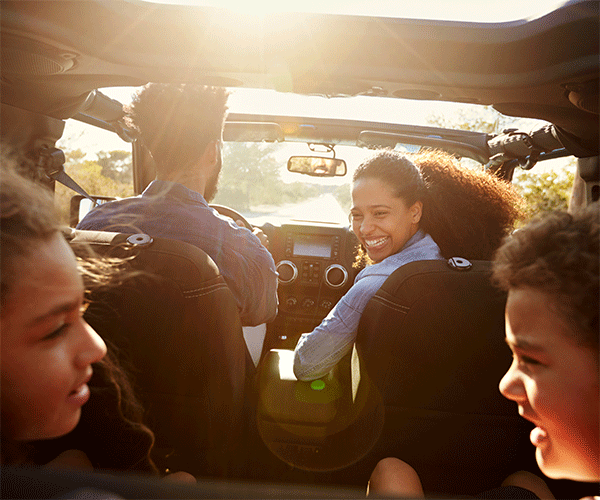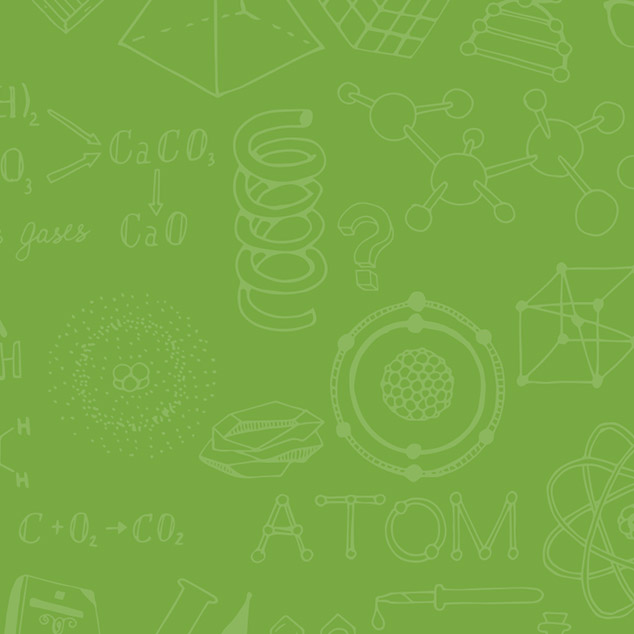In our latest blog series - 'Year Overview' - we help you get familiar with all the key topics your child will learn and the key skills they'll improve in primary and secondary school. Here's a brief overview of Year 4 in English, maths and science with focus areas and main topics.
* Year 4 Overview *
English - Years 3 and 4
Ms Brown - English teacher
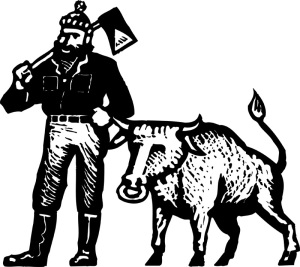 Over these two years the children will become fluent readers. They ‘ll be encouraged to be independent readers who enjoy reading widely and regularly. The focus will move away from the decoding of words to the widening of their vocabulary and reading in more depth. In school the children will read a wide variety of texts; fiction, poetry, plays, and non-fiction texts such as reference books and text books. They’ll learn to read in far more depth such as recognising different poetic forms and being able to infer meaning from the text, (for example, how a character is feeling and what clues they can find in the text to support that idea). The children will also work on their reading comprehension skills; they'll become confident in selecting the main ideas from a text and using evidence to support their opinions.
Over these two years the children will become fluent readers. They ‘ll be encouraged to be independent readers who enjoy reading widely and regularly. The focus will move away from the decoding of words to the widening of their vocabulary and reading in more depth. In school the children will read a wide variety of texts; fiction, poetry, plays, and non-fiction texts such as reference books and text books. They’ll learn to read in far more depth such as recognising different poetic forms and being able to infer meaning from the text, (for example, how a character is feeling and what clues they can find in the text to support that idea). The children will also work on their reading comprehension skills; they'll become confident in selecting the main ideas from a text and using evidence to support their opinions.
Over Years 3 and 4, the children will become technically accurate writers who use joined up handwriting and multi-clause sentences. They’ll use dictionaries to look up how to spell unknown words and they'll learn to evaluate, edit and proof-read their own work. The children will also be encouraged to read their own work aloud. They’ll be encouraged to write for a variety of different purposes and over these two years they'll be able to write fast enough to keep up with their own thought processes. Those shaky letter formations of just a couple of years ago will seem a lifetime away!
Maths
Mr Lamberth - Maths teacher
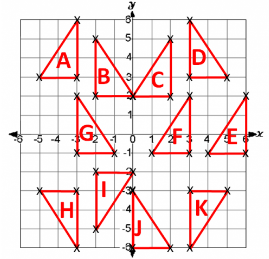 Children will be expected to know all of their times tables up to 12x12 and to apply this knowledge to questions. Their understanding of place value moves to the thousands column which should allow them to compare and round numbers, to add 1000 to any number and to use columns to add or subtract four-digit numbers. At this stage, children get familiar with Roman Numerals and can interpret them accurately. They also multiply two or three-digit numbers by single digits. The understanding of fractions and their link to decimals deepens at this stage as they start to see ‘families’ of equivalent fractions and understand how to convert any number of tenths or hundredths into a decimal. Children continue to develop their fluency with time and can convert between digital and analogue clocks and from hours to minutes to seconds. Year 4 children are also introduced to coordinates and continue to work with different types of graphs, including time graphs.
Children will be expected to know all of their times tables up to 12x12 and to apply this knowledge to questions. Their understanding of place value moves to the thousands column which should allow them to compare and round numbers, to add 1000 to any number and to use columns to add or subtract four-digit numbers. At this stage, children get familiar with Roman Numerals and can interpret them accurately. They also multiply two or three-digit numbers by single digits. The understanding of fractions and their link to decimals deepens at this stage as they start to see ‘families’ of equivalent fractions and understand how to convert any number of tenths or hundredths into a decimal. Children continue to develop their fluency with time and can convert between digital and analogue clocks and from hours to minutes to seconds. Year 4 children are also introduced to coordinates and continue to work with different types of graphs, including time graphs.
Science
Ms Latham - Science teacher
There are five key topics in Year 4. In ‘living things and their habitats’, children will use classification keys to group, identify and name a variety of living things. They’ll recognise that environments can change and that this can pose dangers to living things. In ‘animals, including humans’, children will construct and interpret a variety of food chains, identifying producers, predators and prey. They’ll describe the simply the functions of the human digestive system and identify types of human teeth and their functions.
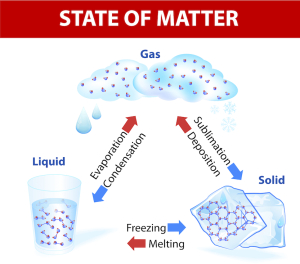 For ‘states of matter’ children will compare solids, liquids and gases, observe that some materials change state when they are heated or cooled, and measure the temperature. Children will identify how evaporation and condensation work in the water cycle and associate the rate of evaporation with temperature. ‘Sound’ will teach children to identify how sounds are made, recognise how vibrations travel, understand pitch and find patterns between volume and the strength of the vibrations or the distance of the object that produced the sound. Finally in ‘electricity’ children will be taught to identify appliances that run on electricity, construct a simple series of circuits; identifying battery cells, wires, bulbs, switches and buzzers. They’ll be able to utilise lamps and switches within a circuit and recognise some common conductors and insulators.
For ‘states of matter’ children will compare solids, liquids and gases, observe that some materials change state when they are heated or cooled, and measure the temperature. Children will identify how evaporation and condensation work in the water cycle and associate the rate of evaporation with temperature. ‘Sound’ will teach children to identify how sounds are made, recognise how vibrations travel, understand pitch and find patterns between volume and the strength of the vibrations or the distance of the object that produced the sound. Finally in ‘electricity’ children will be taught to identify appliances that run on electricity, construct a simple series of circuits; identifying battery cells, wires, bulbs, switches and buzzers. They’ll be able to utilise lamps and switches within a circuit and recognise some common conductors and insulators.



.png)
